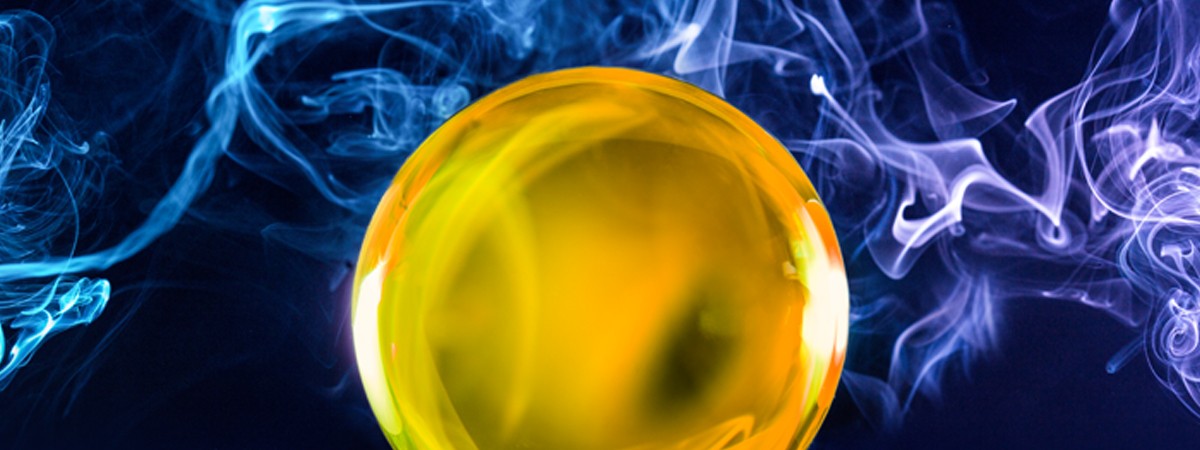How can we continue to use plastic without harming the environment? Vacuum technology from BUSCH is a solution.
Plastic is a great invention. But the very properties that make it such a strong and versatile material, also make it tough on the environment. It doesn’t decompose, and it is rarely recycled and repurposed. When there is no longer any use for a plastic item, it is incinerated or dumped in landfills. Worse still, it ends up in our oceans.
New plastic
Pyrolysis can change the status quo. It is a process of heating material, in this case plastic, in the absence of oxygen. With it, plastic waste is chemically recycled to create a valuable mineral oil. New plastic can be made with this sustainable product. Low-carbon fuel is also produced, with less energy. Overall, pyrolysis is actually 50% more environmentally friendly than burning plastic to dispose of it.
Gas extraction
Vacuum technology from BUSCH plays a significant role in the pyrolysis process. Discarded plastic waste is heated in a container. A vacuum pump is used to extract gases that result from this melting process. They are then compressed and sent downstream where they are turned into the mineral oil. Among other things, new plastics and low-carbon fuel are created from this sustainable liquid. In this way, vacuum is helping turn plastics into a circular product. As only 14% of plastics worldwide are currently recycled, vacuum can play a significant role in increasing that figure.

From Plastic to Oil
Vacuum turns plastic into a circular product
What plastic is a favorite for manufacturers
There are over 100 types of plastics. The most common is polyethylene. It can be found in three forms: high-density, low-density and linear low-density. The strongest is high-density (HDPE). It is classed as a type 2 plastic meaning it is one of the safest to recycle. As it is strong and durable, it is a preferred choice for many manufacturers. They use it to make, for example, bottles for milk and cleaning products, as well as toys. Pipework that can withstand rain and changing temperatures is another product made from HDPE.
There are over 100 types of plastics. The most common is polyethylene. It can be found in three forms: high-density, low-density and linear low-density. The strongest is high-density (HDPE). It is classed as a type 2 plastic meaning it is one of the safest to recycle. As it is strong and durable, it is a preferred choice for many manufacturers. They use it to make, for example, bottles for milk and cleaning products, as well as toys. Pipework that can withstand rain and changing temperatures is another product made from HDPE.